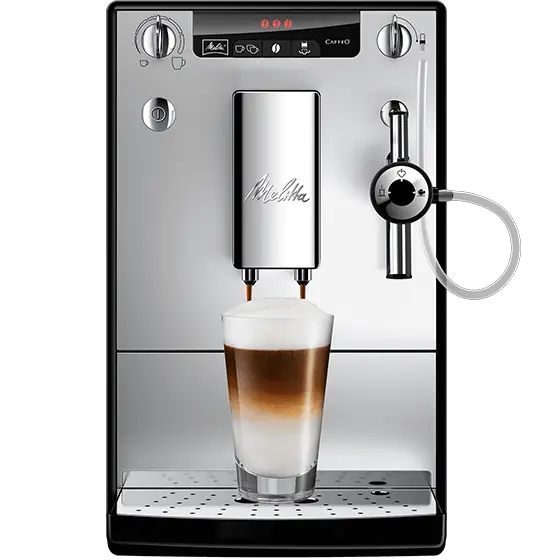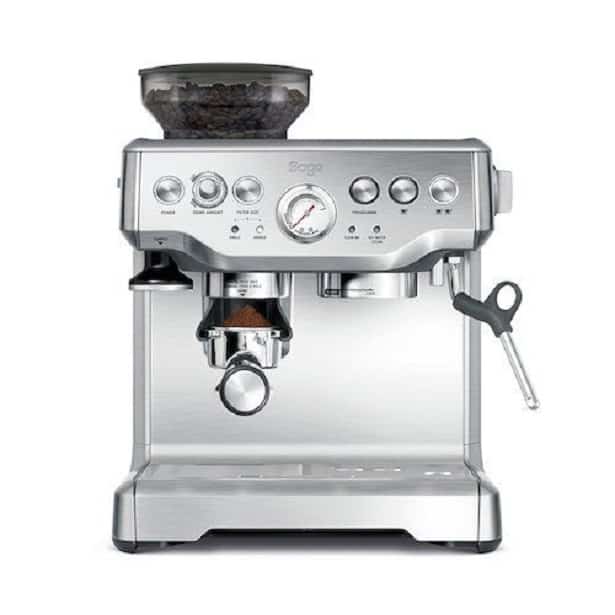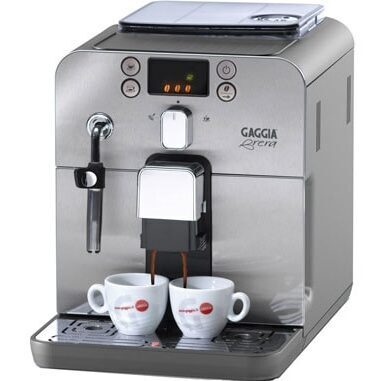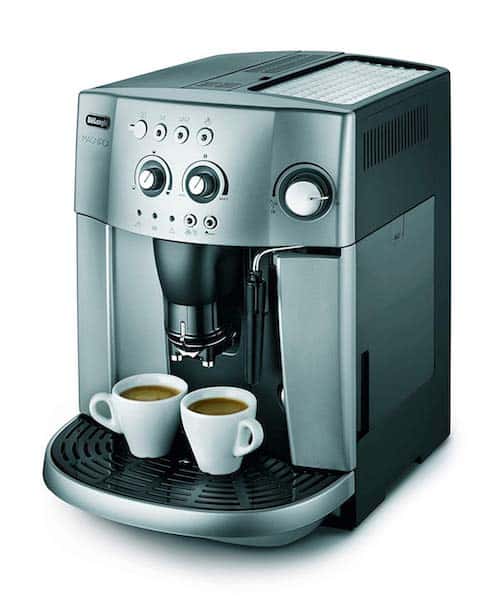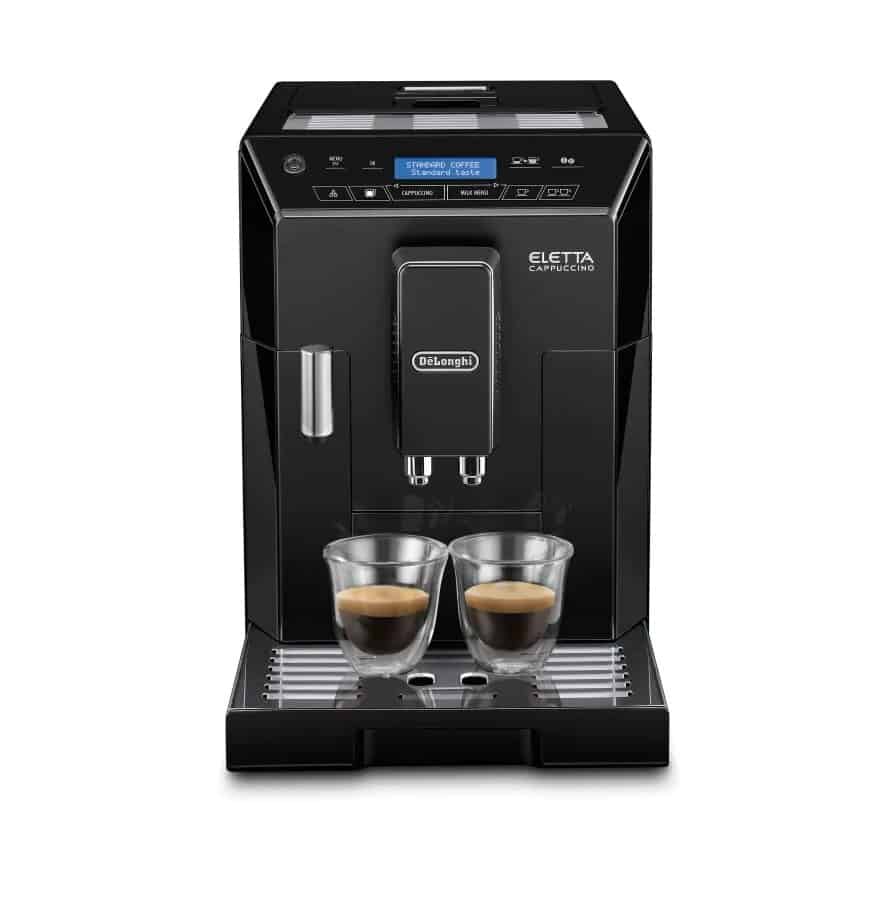You have decided that it is time you get your own coffee machine, you have spent months researching the benefits, the potential cost savings and all the other great reasons to own your coffee machine.
After all the back and forth you decided the best type for you is a bean to cup machine, if you have yet decided on which one, I have a handy guide to the 10 best bean-to-cup machines here
But before you delve in and make the purchase you want to know as much as possible. After all this is significant investment.
So you in order to make sure you will be capable of using this complex machine, you need to know exactly how they work.
Luckily for you, you came across this site which is all about bean to cup machines and I have years of experience when it comes to using them.
So I have put together for you a simple guide on how bean to cup machines work.
Different types of coffee machine.
Before we get onto exactly how a bean to cup machine works, I feel it would be helpful to have a quick run down of the different coffee makers out there.
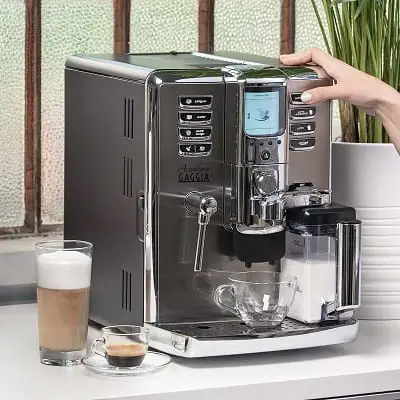
Why….?
Well in order to appreciate just how advanced and good your new fully automatic machine is, you should know the competition it is up against.
Bean to Cup Machine
Well if you have chosen one of these, or super automatic coffee machines as they are known, you agree with me they are the top of the range.
They basically handled the whole process automatically, the only requirements from you are putting coffee beans in the top, and cup at the bottom.
All the top brands Gaggia, Sage, Delonghi now make several options
Espresso Machines
Espresso machines are the next most advanced of all coffee makers in my opinion. They are probably the most well known. They are certainly what most people think of when they imagine a coffee machine. It what you see in coffee shops.
The main draw back with an espresso machine is they require quite a lot of manual action from grinding the beans, tamping them and the brewing itself. Because of the amount of manual actions required, you do need a certain level of Barista skill or training to get the best out of an espresso machine.
Espresso machines work by forcing hot water at high pressure (9bar min (1)) through a compact puck of ground coffee.
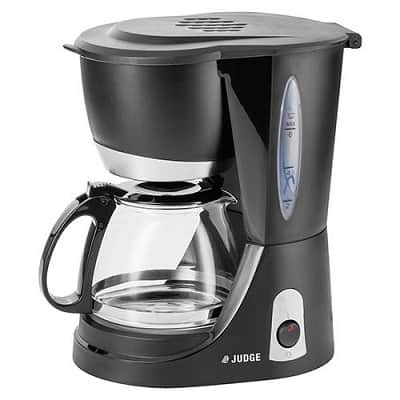
Filter Coffee (drip coffee maker)
I thin virtually everyone will know what a filter coffee machine looks like, they are very popular in the US. On virtually any American TV show will feature one.
They are not that advanced in terms of functionality, the most advanced feature is putting on a timer for when you wake up. But they produce a decent coffees, providing of course you a good quality ground coffee.
Filter or Drip coffee makers work by slowly dripping hot water of your ground coffee and this is then passed through a paper filter into the coffee pot. There is normally a hot plate to keep your coffee warm.
Drawbacks are changing and cleaning the filters after each use.
French Press / Cafetiere
A French Press or Cafetiere is not very technically advanced at all, but they do produce a great cup of coffee (again this is dependant on you using decent ground coffee).
I suppose when they were first invented back in 1852 they were very advanced, but they haven’t changed much since then.
If all you want is cup of black coffee in the morning and don’t mind waiting for the brewing to complete, then this could OK
These work by adding freshly ground coffee to the brewing chamber and then filling with hot water. You then need to let it brew for a few minutes. Once ready you can plunge the filter to separate the grounds.
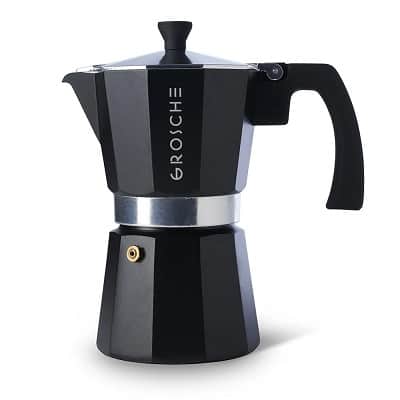
Moka Pot
Again another very simple method of brewing a coffee and one that is loved by many an Italian household. Many people think these will make espresso shots, but technically this not true as they cannot get to the required temperature (2).
To make a Moka coffee work, you simply add medium to finely ground coffee in the filter basket and screw ontop of the water filled base. Then place on the heat source, most likely a stove. The water will heat up and force steam up through the filter basket and it will then condense in a separate chamber.
Kettle (hot water machine)
I can already hear you screaming at me that a Kettle or any other hot water device is not a coffee machine. And I hear you, I sort of agree.
So what is it doing in this article….?
Well coffee bags are becoming very popular now in the UK and if you want to use these as your brewing method then you need a kettle.
This is the simplest method, just place the bag in the cup, add hot water and leave to brew. Basically the same as a tea bag.
How Do Bean To Cup Coffee Machines Work
So on to the main subject of the article and exactly how do bean to cup coffee machines work?
Don’t worry I am not going to get so technical you need to go back to college just to comprehend what I’ve written. But I will go into more detail than the brief overview above for other coffee machines.
What I will give is a high level overview of the main functions and steps, from start to perfect cup of coffee.
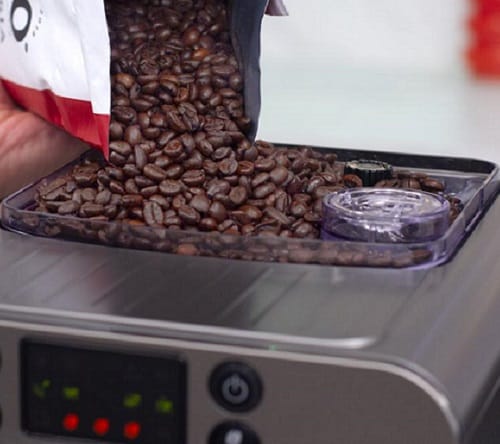
Bean Storage
As you have discovered by now and as the name suggests, bean to cup machines handle the whole process inc the storing the coffee beans.
There is not much technical to this, the bean hopper is essentially just a storage container, but any good machine will do this with care.
Coffee beans are a perishable item and will spoil when exposed to the air, light and moisture. A good bean to cup coffee machine will store them in an airtight and shaded container to keep them fresh longer. From your side do not overfill.
Grinding the Beans
The next part of the process from whole bean to perfectly brewed coffee is grinding those beans, so they can make coffee.
For a coffee machine to be classed as bean to cup this needs to be integrated, if your are required to have a separate grinder then it is an espresso machine.
The preferred type is a conical burr grinder and most coffee machines choose this option. When grinding the beans this will happen automatically according to what you have preset. All machines will allow you to set the exact coarseness you prefer your beans.
The grinder settings are normally controlled manually via a dial or on the more expensive options via the touch screen.They will normally be set to a medium to start which is good enough. A quick rule here is the finer the grind the longer the brewing process.
This is one of the main advantages of bean to cup coffee machines, grinding beans fresh is the best way to guarantee freshness.
Brewing The coffee
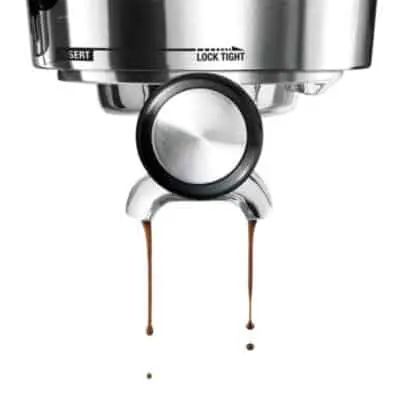
Brewing the coffee is in some eyes where the magic happens. At this point the machine is only going to brew an espresso, or double espresso. The brewing process is what turns water into coffee.
There are several components required for the espresso brewing part:
The Brewing unit
The brewing unit is where the ground up coffee beans end up, they will have been compacted first and resemble a hockey puck. In fact they are referred to as a coffee puck.
This compacting is essential when brewing and espresso shot, it slows the flow of water through the coffee and allows enough time for the flavours to be extracted correctly.
The Boiler
All options will have at least one boiler, some will have two (one for espresso and one for steam). The purpose of the boiler is to raise the water temperature to required brewing temperature. The required amount of water will be moved from the water tank via a pump.
Some machines will allow you to control this, but I would be wary unless you are very experienced.
Once the water is at the required temperature it is forced through the compacted ground coffee at high pressure. The minimum required to be classed as an espresso is 9bar but most machines will work at 15bar pressure.
Milk Frothing
Most of you will be happy with your perfectly brewed shot of espresso, and so you should be. But some of you still want more, you want to take that little black shot and turn into a Latte, Flat white or even a cappuccino.
Good for you then, than most bean to cup machines will have some sort of milk frothing system built in.
Manual Milk System
A manual option such a steam wand, which will allow you to texture the milk much like a barista in a cafe. In this method the water from the reservoir will be heated to produce steam. This is then forced through tiny holes in the steam wand.
Automatic Milk System
Some machines though will also handle this fully automatically, and will have a separate milk carafe, and will pump through the exact amount and froth it as required.
The Control Panel
Controlling you bean to cup machine can vary widely depending.
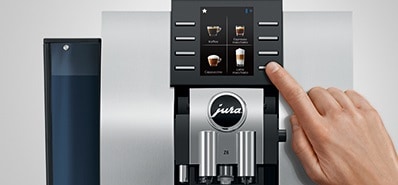
Digital Controls
The more expensive the coffee maker the more likely is it will have digital controls. This will most likely be a colour touchscreen, where you simply follow the onscreen prompts to change settings or select a drink using the built in menu.
Manual Controls
The cheaper coffee makers will have manual controls and this will be different buttons for each drink and even a lever or rotary dial for the grinder.
With manual controls you may need to consult the instructions to get to grips at the beginning.
The resulting coffee
The whole process above may sound complex, but it all happens quite quickly, and your machine should produce an decent shot of espresso in around 60 seconds.
This should be as good as any shot you can produce in an espresso machine, with just a lot less effort.
FAQs
Do you need to learn to use a bean to cup machine?
As with any new appliance there will be a little education required at the very start in order to get the most out of it. Most manufacturers have online instructional videos.
Luckily they are very intuitive to use and you do not need a degree to get to grips with them.
Is the coffee any good?
If used correctly the coffee produced should be as good as you can get from any other coffee maker, if not better.
Sure an experienced barista with a commercial machine will probably do a better job, but this is good enough for the majority.
Is coffee machine worth buying?
If you drink coffee regular and enjoy a freshly brewed cup then yes a coffee machine is worth buying.
So hopefully this article has answered the question how do coffee machines work? and armed you with a little more information to buy with confidence.

